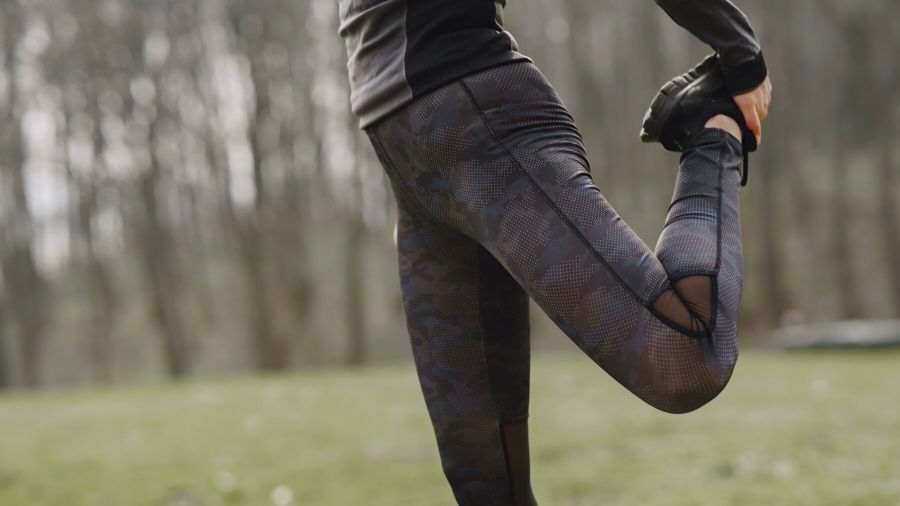1. Get the balance right
Hit the right balance between training and the rest of your life. You may have to sacrifice the occasional night out as you get nearer to race day, but you don’t need to become a social hermit.
Training requires focus and commitment but it doesn’t have to take over your life. Structure your training around your life, not vice versa. Don’t train hard every day, as that will lead to fatigue, lack of improvement and a greater risk of injury. By all means put some harder sessions in, just make sure you have easy or rest days too.
2. See the bigger picture
Getting ready to run a race is tough. There will be ups and downs along the way. Some runs will go brilliantly, some will be horrible. It happens to all of us.
Whether you’re a beginner or a seasoned racer, a bad run is just a bad run. It’s not the end of the world. See your training as a big picture where each week you paint a little bit more to make it more complete
3. Focus on the right numbers
Ignore pace and distance. Instead focus on training at the right effort level, for a set period of time.
By focusing on a particular pace, you’ll push yourself too hard. Factors such as weather, terrain, your stress and hydration levels, might make it impossible to run as fast as you want to anyway.
Don’t worry – the pace will come as your training progresses.
4. Keep a training diary
Write down all your runs and how you felt after each one. It’s an excellent way to track what’s working and what isn’t.
It’s also a huge motivational tool. If you ever feel like you’re struggling, you can look back at your journey and see how far you’ve progressed.
There are lots of apps or recording platforms out there such as Garmin Connect or Strava. Failing that, a good old-fashioned hand-written diary works just as well!




